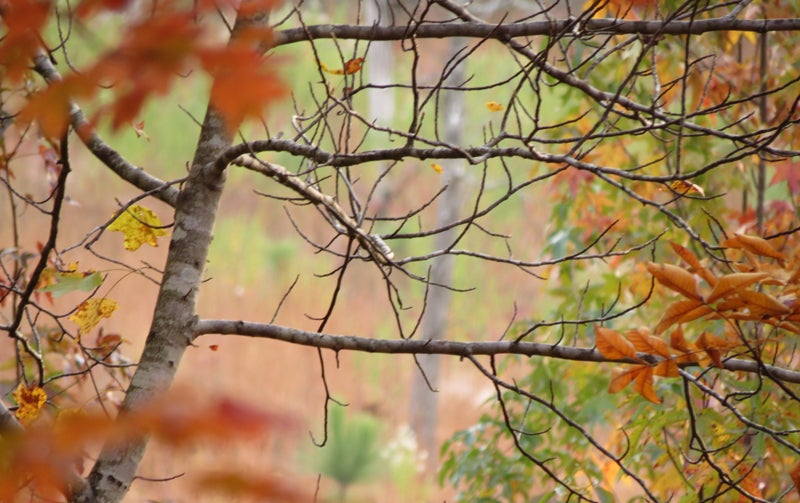Science: Growing up Near Nature Produces Saner Adults
Russ Chastain 07.02.19

Science keeps proving things that many folks have known all along. This time, it’s that people who grow up in an area with natural growth around their homes become happier — and saner — adults than those who spend their childhoods surrounded by a cityscape of concrete and asphalt.
I ran across this in a recent article, which cites a particular study performed in Denmark and published earlier this year. The study itself can be seen by clicking here, but I’ll touch on the high points for you, because it’s all rather clinical.
Urban residence is associated with a higher risk of some psychiatric disorders, but the underlying drivers remain unknown. There is increasing evidence that the level of exposure to natural environments impacts mental health, but few large-scale epidemiological studies have assessed the general existence and importance of such associations. Here, we investigate the prospective association between green space and mental health in the Danish population.
Unfortunately, the trend is more towards urban living than rural.
The number of people living in cities is increasing, and, globally, more than 50% of the human population is now city dwellers, with no sign of this trend slowing down… In some societies, urban residents have almost 50% higher risk of developing psychiatric disorders such as anxiety and mood disorders compared with their rural counterparts, and schizophrenia risk is 200% higher for children growing up in the most urban environments.
The study used satellite imagery to determine how much “green space” surrounded the childhood homes of study participants. They got pretty fancy with it, classifying it as “normalized difference vegetation index” or NDVI. Through this, they studied NDVI and instances of a long list of mental troubles.
Our results show that high levels of childhood green space are associated with lower risk of developing any of a spectrum of adolescent into adult psychiatric disorders. Living at the lowest levels of green space compared with living at the highest levels of green space was associated with 15 to 55% higher risk, except for intellectual disability and schizoaffective disorder.
The protective association remained after adjusting for other known risk factors including urbanization, socioeconomic factors, family history of mental illness, and parental age, indicating an independent association with green space.
Our results are in line with previous reports of positive impacts on mental health from green space. Furthermore, the association with NDVI was comparable in magnitude to or even higher than those of other known risk factors, including parents’ socioeconomic status, history of mental illness, and age.
The study is long and exhaustive, but the end result is the same: If you want your kids to be happier, move out of the city! Heck, if you want to be happier in general, move to the woods.
This is in line with another recent post asserting that kids need hours outdoors daily. And I can certainly say I’m glad I grew up in the country and I’m always happier with some green space around me.
Aren’t you?